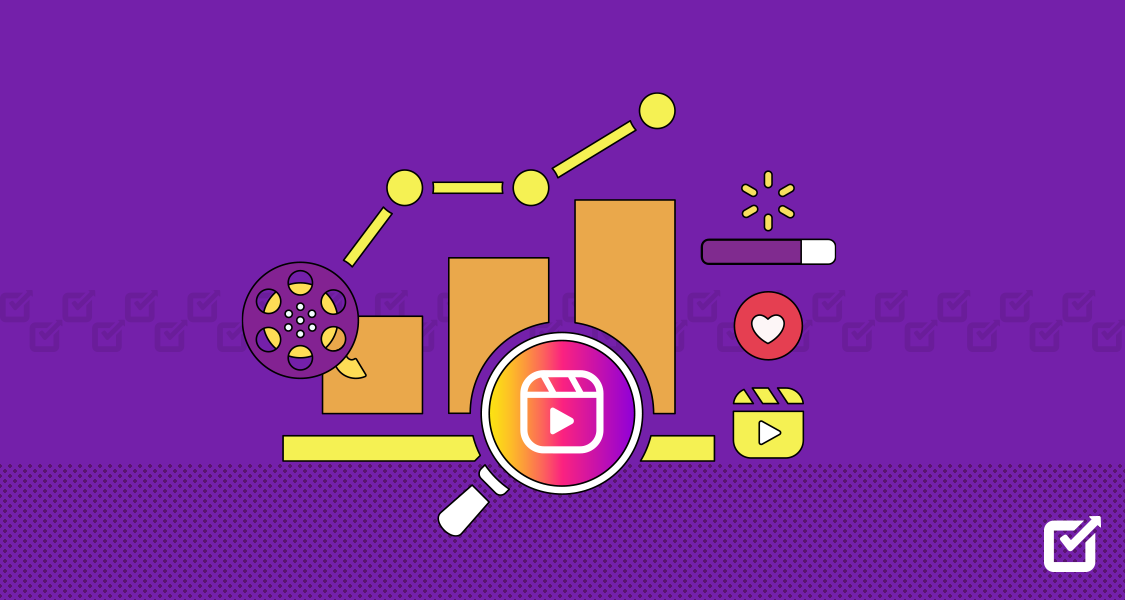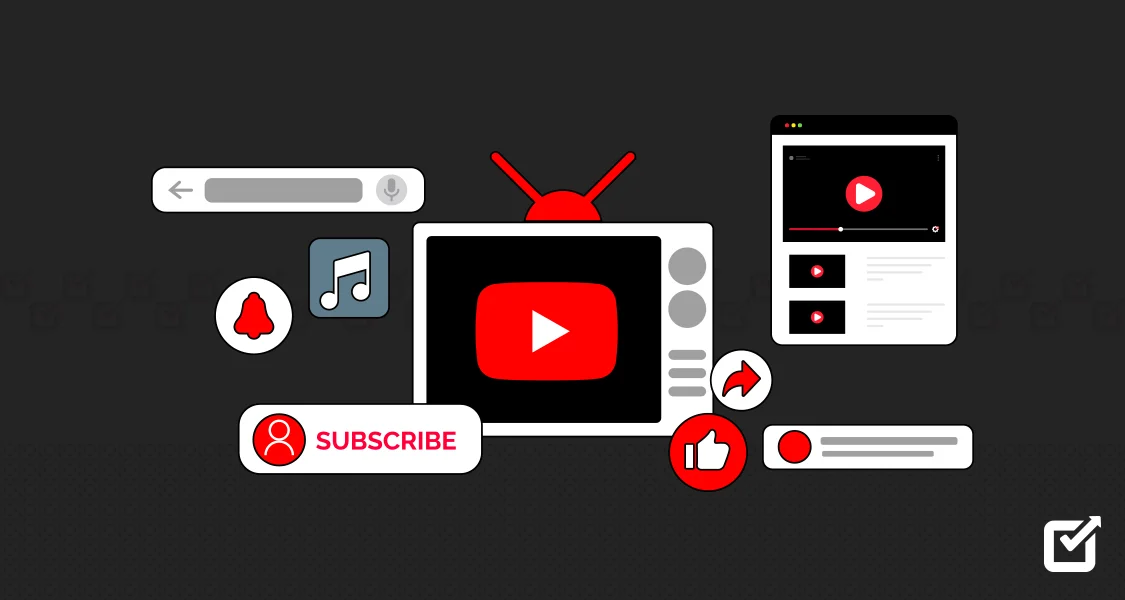Are you starting a new business and want more engagement and conversions?
You should definitely try Instagram influencer marketing in 2025!
It’s one of the most potent ways to reach your target audience, build trust, and turn followers into loyal customers.
With the right influencers, you can boost brand awareness, drive traffic to your website, and increase sales—without spending a fortune on ads.
And the best part? You don’t have to manage everything manually.
Tools like Social Champ make it easier to find influencers, plan your posts using the built-in scheduler, and track your campaign performance all in one place.
In this guide, we’ll show you how to get started with Instagram influencer marketing, choose the right influencers for your brand, and optimize your campaigns for maximum success.

Stay Ahead of the Influencer Game With Social Champ!
Streamline your Instagram strategy, boost engagement, and reach with the best Instagram scheduler!
Short Summary
- Instagram Influencer Marketing increases brand awareness, drives engagement, and boosts sales.
- Define clear goals, identify your audience, select the right influencers (Nano, Micro, Macro, or Mega), and craft compelling campaign messages and content.
- Social Champ streamlines your influencer campaigns by offering features like content scheduling, performance tracking, and detailed analytics for optimization.
- Track metrics like engagement, click-through rates, conversions, and ROI to evaluate the effectiveness of your influencer marketing efforts.
- Building ongoing partnerships with influencers fosters trust and yields better results in future campaigns.
How to Start an Instagram Influencer Marketing Campaign
Starting an influencer marketing campaign on Instagram involves several important steps.
The process might seem complex initially, but you can create a streamlined and effective campaign once you break it down.
Let’s walk through the essential steps you need to take to start your Instagram influencer marketing campaign:
Define Your Campaign Goals
The first step in any marketing strategy is defining clear, measurable goals.
What do you want to achieve with your influencer marketing campaign?
Here are a few common objectives for influencer campaigns on Instagram:
- Brand Awareness: If your brand is new or introducing a new product or service, your primary goal might be to raise awareness and get your name in front of as many people as possible.
- Lead Generation or Sales: If you already have a strong brand presence, you might use influencer marketing to drive specific actions such as purchasing your products or signing up for your services.
- Engagement: This might include increasing the number of likes, comments, and shares on your content. Engagement is crucial for building relationships with your audience.
- Customer Education: Influencers can help explain your products or services, especially if your brand is in a complex industry like tech, fitness, or education.
Your campaign goals will determine everything from your target audience to the influencers you choose to work with and the content you produce.
Identify Your Target Audience
Identifying the right audience is one of the most critical steps in influencer marketing.
You need to understand:
- Demographics: What is the age, gender, location, and occupation of your ideal customer?
- Psychographics: What are their interests, values, challenges, and desires?
- Buying Behavior: Are they impulse buyers, or do they do extensive research before purchasing?
Once you know your audience, you can look for influencers whose followers match these traits.
An influencer’s audience should reflect your target audience, ensuring the content resonates with the right people.
Choose the Right Type of Influencer
Instagram hosts diverse influencers; knowing their types ensures smarter partner choices for your campaigns.
There are four key categories of influencers: Nano, Micro, Macro, and Mega influencers.
We’ll explore these in more detail in the next section.
Each type of influencer has unique benefits, so your choice will depend on your campaign goals and budget.
Nano influencers are more cost-effective and may offer higher engagement but have smaller audiences.
On the other hand, Mega influencers have massive reach but may generate less engagement relative to their size.
Featured Article: How Much Do Instagram Ads Cost in 2025? Breakdown and Budgeting Strategies
Research and Select the Right Influencers
Finding the right influencers is crucial for the success of your campaign.
This step involves extensive research, and it’s essential to:
- Look for Authenticity: Find influencers who align with your brand’s values and have an authentic voice. Their followers should feel that their content is genuine, not just an advertisement.
- Check Engagement: A high follower count doesn’t guarantee success. Look at the influencer’s engagement rate—likes, comments, and shares. A high engagement rate indicates a loyal and active audience.
- Evaluate Previous Campaigns: Look at the influencer’s past partnerships with brands. This will give you an idea of their professionalism, the quality of their content, and how well their audience responds to sponsored posts.
- Use Tools: Tools like Social Champ and influencer marketing platforms can simplify this process by helping you find influencers with the right audience fit and track their performance.
Craft Your Campaign Message and Content Guidelines
Once you’ve identified potential influencers, the next step is to craft your campaign’s message. Be clear about:
- The Campaign’s Objective: Explain the campaign’s goal and how the influencer’s participation will help achieve it.
- Content Guidelines: Provide the influencer with a clear understanding of the content format you need—a sponsored post, an Instagram story, a video, or a reel. Specify the messaging, hashtags or mentions, and the call-to-action (CTA).
- Branding Guidelines: If you have specific brand guidelines (tone of voice, colors, fonts, etc.), share these with the influencer to maintain consistency across the campaign.
- Compensation: Define how the influencer will be compensated through money, free products, or affiliate links.
The more transparent you are with influencers, the smoother the campaign will go.
Monitor Campaign Performance
Once your campaign is live, the next crucial step is to monitor its performance.
Key metrics to track include:
- Engagement Rate: This is often the most critical metric for influencer campaigns. High engagement indicates that the audience finds the content interesting and engaging.
- Click-through Rate (CTR): Track how many people clicked on links in the influencer’s posts, which can give insight into the effectiveness of your call-to-action.
- Conversions: Track how many sales, leads, or other actions resulted from the influencer’s content.
- Return on Investment (ROI): After the campaign, calculate the ROI by comparing the revenue or leads generated against the cost of working with the influencer.
Monitoring these metrics helps you understand whether your campaign meets its objectives and allows you to adjust in real time if necessary.
Build Long-Term Relationships with Influencers
Successful influencer marketing isn’t just about a one-time partnership.
Building long-term relationships with influencers can lead to tremendous success in future campaigns.
The more influencers trust your brand and are invested in your mission, the more genuine and engaging their content will be.
Show appreciation for their work and keep communication open.
You might even offer to feature them on your Instagram or other brand content, creating a mutually beneficial relationship.
Types of Instagram Influencers
Instagram influencers come in many shapes and sizes.
To choose the right one for your brand, it’s essential to understand the four major categories of influencers: Nano, Micro, Macro, and Mega.
Each type brings something unique regarding reach, engagement, and cost.
Nano Influencers (1K-10K followers)

A Screenshot of the Profile of a Nano Influencer (1K-10K followers) Nano influencers may have smaller followings, but their audiences are often more engaged.
These influencers are trusted by their followers and typically have a high engagement rate, making them ideal for influencer marketing on Instagram campaigns that aim for niche markets.
Pros:
- Higher engagement rates due to their smaller audience.
- Cost-effective, ideal for smaller brands or niche campaigns.
- Authentic and relatable.
Cons:
- Limited reach and exposure.
- May need more professional production quality.
Micro-Influencers (10K-50K followers)

A Screenshot of the Profile of a Micro Influencer (10K-50K followers) Micro-influencers have a broad reach and are well-known in their industries.
They often work with bigger brands and have professional experience with sponsored content.
A macro influencer might be the right fit if your goal is large-scale exposure.
Pros:
- Balanced engagement and reach.
- More affordable than larger influencers.
- More targeted audience compared to macro influencers.
Cons:
- Lower reach than macro and mega influencers.
- May be less experienced in managing large-scale campaigns.
Macro Influencers (50K-1M followers)

A Screenshot of the Profile of a Macro Influencer (50K-1M followers) Macro influencers, including celebrities, have the largest audience but often at the cost of lower engagement rates.
They are best for influencer marketing Instagram campaigns that need massive reach but come with a higher price tag.
Pros:
- Large audience reach.
- High-quality content and professional collaboration experience.
- Can target a broader demographic.
Cons:
- Higher cost per post.
- Lower engagement rates compared to micro-influencers.
Mega Influencers (1M+ followers)

A Screenshot of the Profile of a Mega Influencer (1M+ followers) Mega influencers are the celebrities of the Instagram world.
These influencers have millions of followers and significant cultural influence.
While their reach is unparalleled, their engagement rates are often lower due to the sheer size of their audience.
Pros:
- Massive reach and exposure.
- Strong brand credibility and trust.
Cons:
- Extremely expensive.
- Lower engagement rates due to their broad audience.
Featured Article: Enterprise Social Media Management: The Essential Tools Your Business Needs in 2025
How Social Champ Simplifies Instagram Influencer Marketing

Social Champ can be the best tool to add to your influencer marketing kit.
It simplifies your Instagram influencer marketing by providing the following features:
Campaign Management
Social Champ offers an easy-to-use interface for managing multiple influencer campaigns.
You can track your influencers, set up content calendars, and monitor the performance of your campaigns in real-time.
Analytics and Reporting
Get detailed reports on your influencer campaigns to track engagement, clicks, and conversions.
Social Champ’s analytics features help you optimize your campaigns by understanding what’s working and needs improvement.
Time-Saving Automation
Social Champ’s scheduling and automation tools allow you to save time by planning your posts and campaigns ahead of time.
This way, you can focus on other aspects of your business while your influencer marketing campaigns run smoothly.

Maximize Your Instagram Marketing With Zero Stress!
Plan your posts, track performance, and collaborate with influencers all in one place with Social Champ.
Conclusion
As Instagram influencer marketing continues to grow in importance, businesses must adapt their strategies to stay competitive.
By understanding how to start a campaign, selecting the right type of influencer, and using tools like Social Champ to streamline the process, you can ensure the success of your influencer campaigns in 2025 and beyond.
It offers an excellent way for brands to reach and engage with their target audience authentically and positively.
As you craft your influencer campaigns, remember that success comes from collaboration, transparency, and tracking performance to improve continuously.













